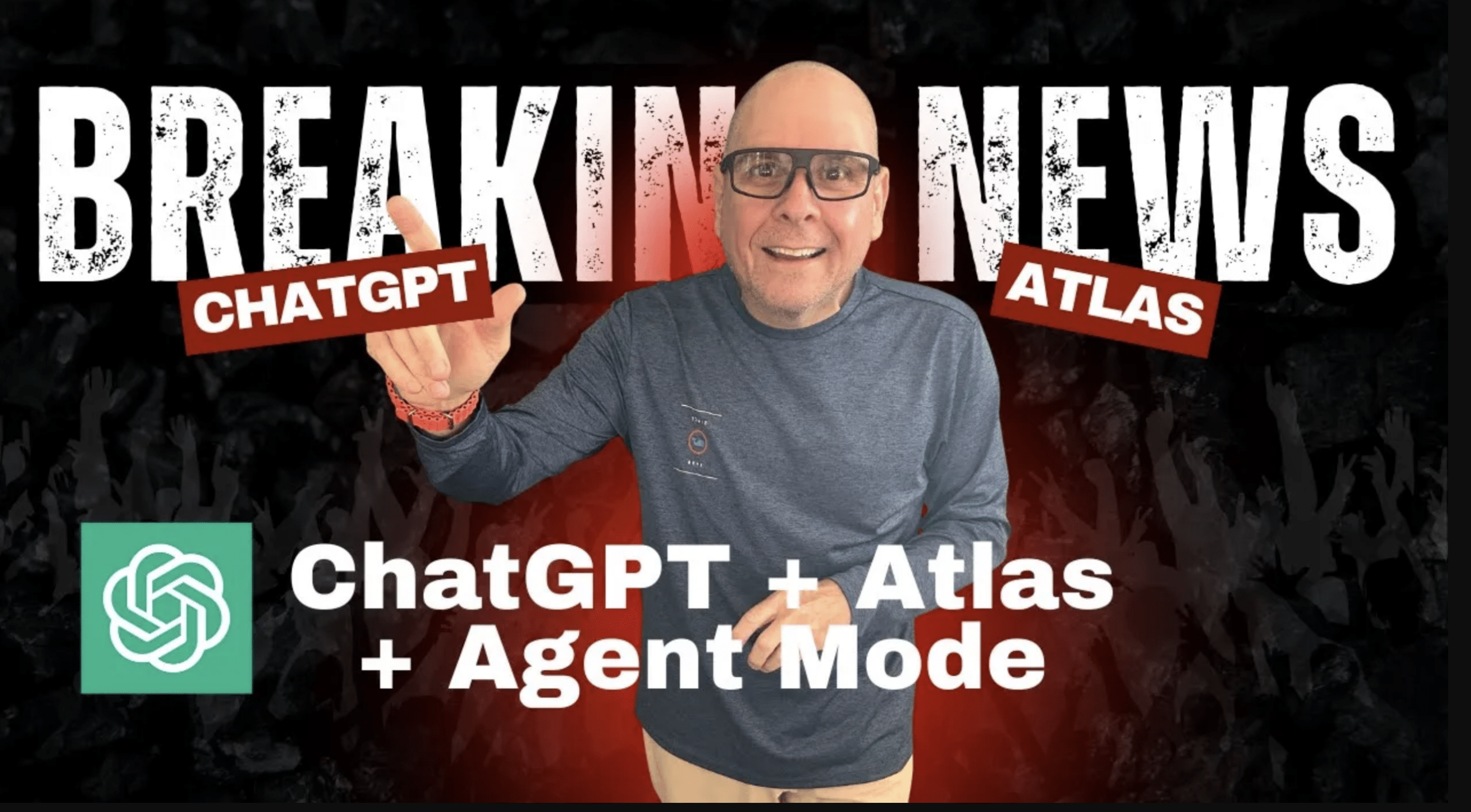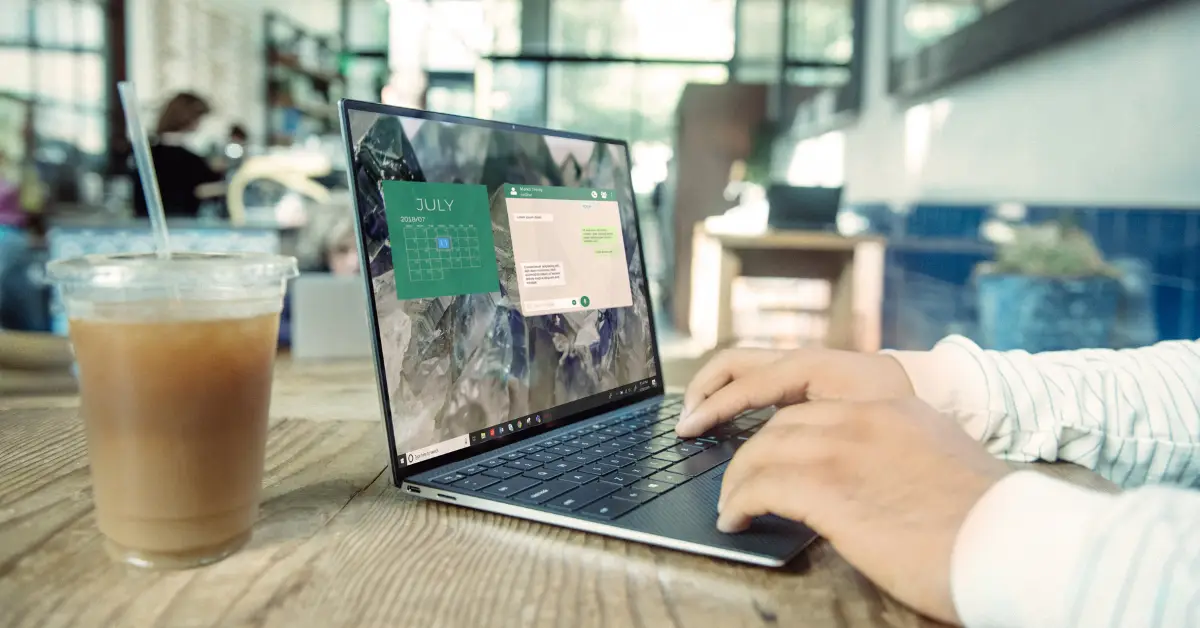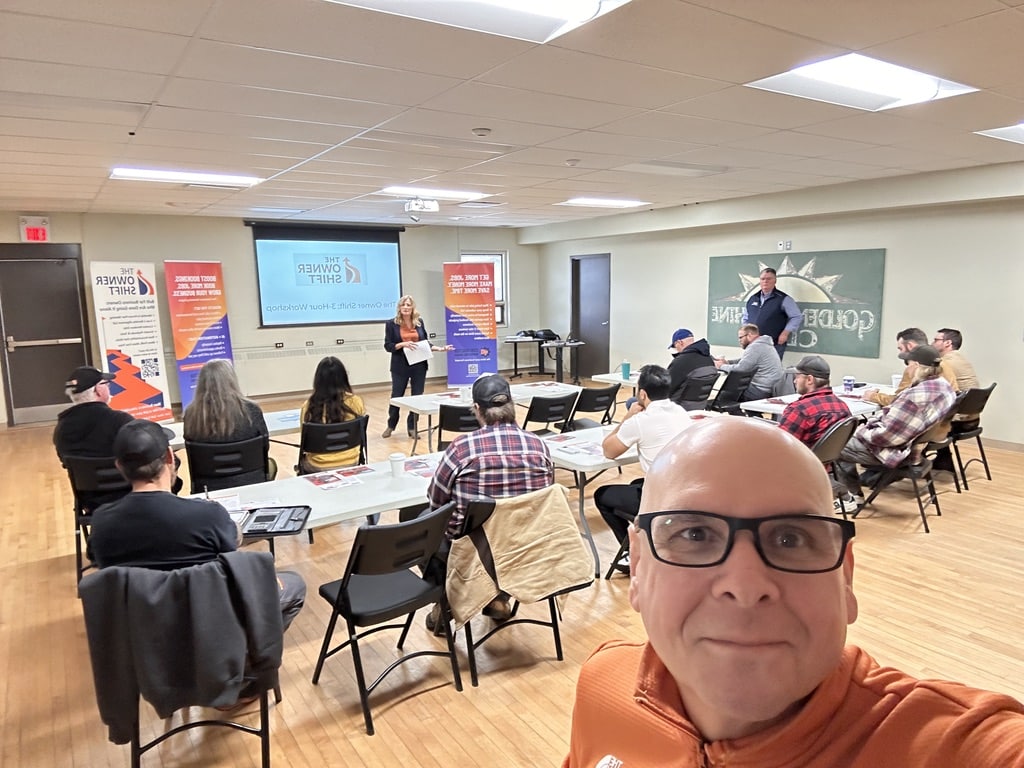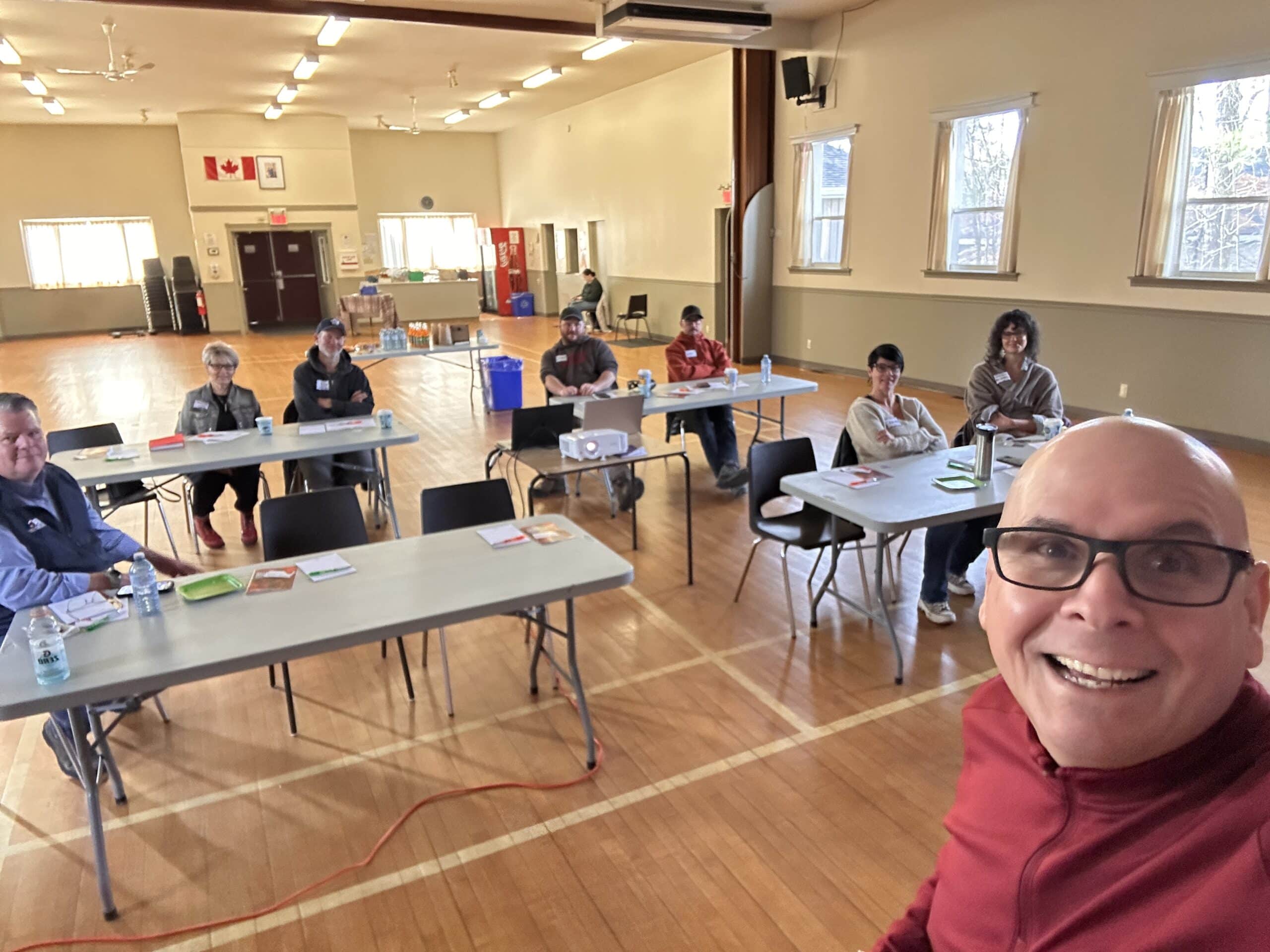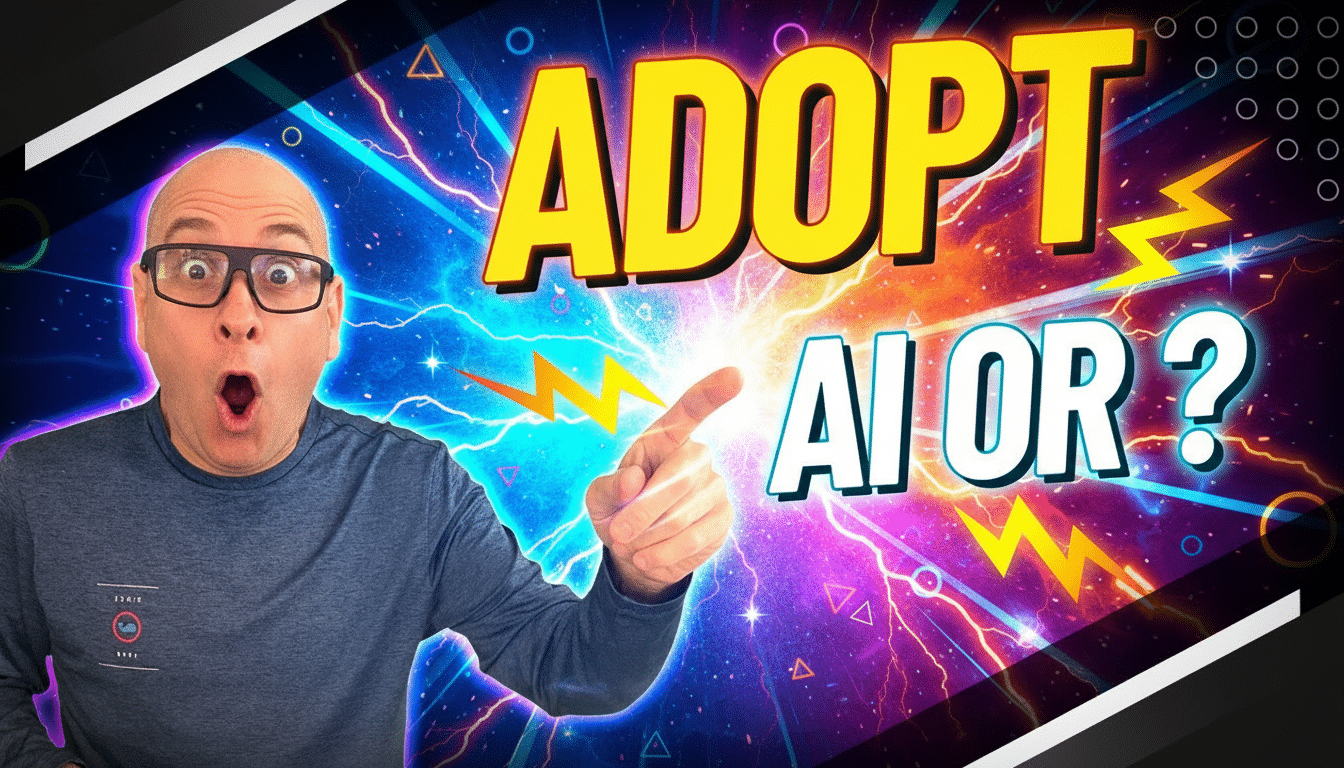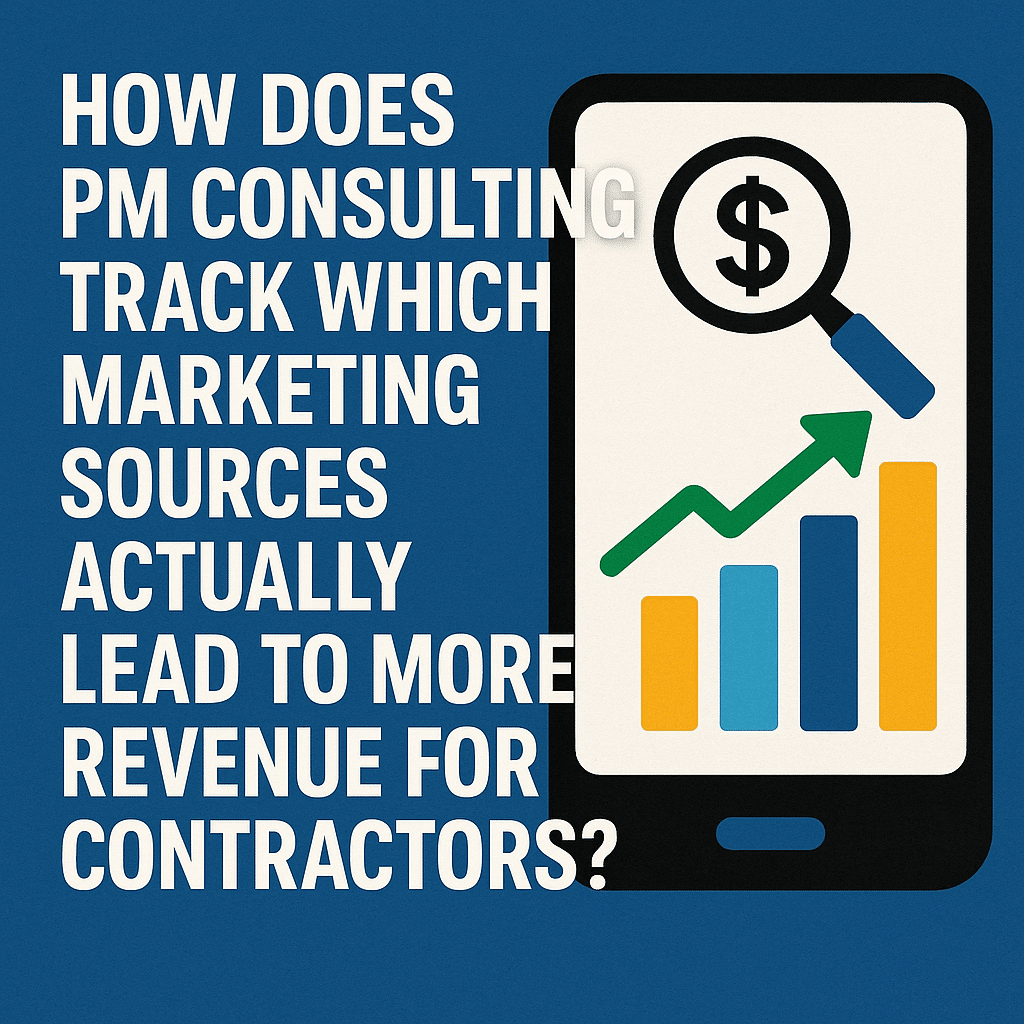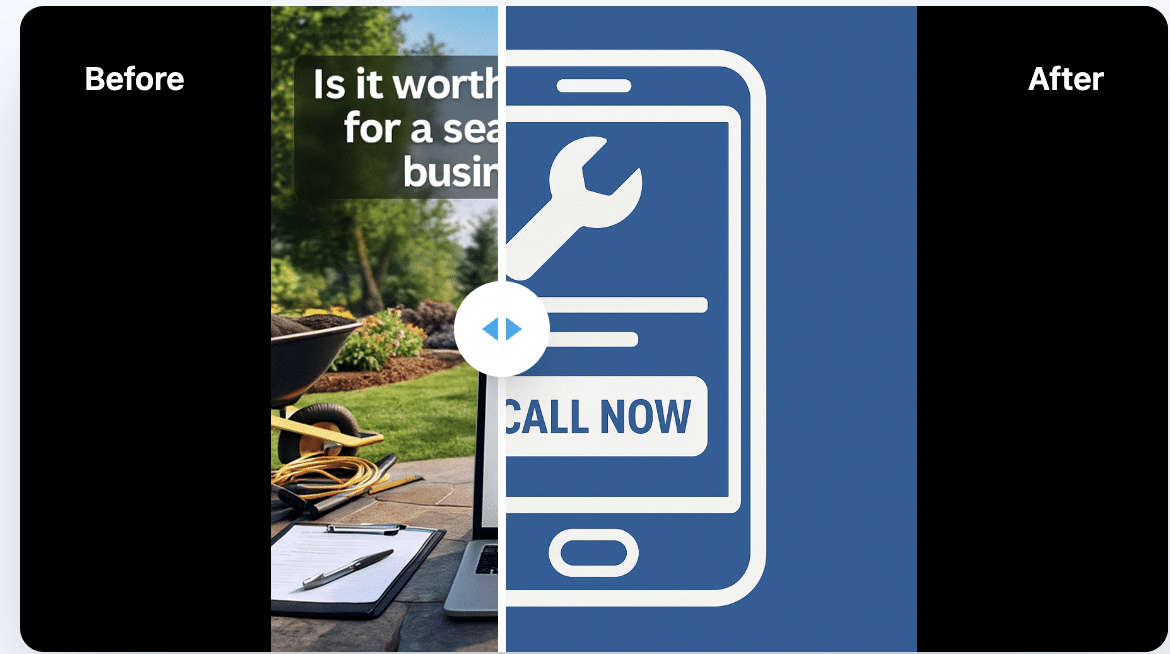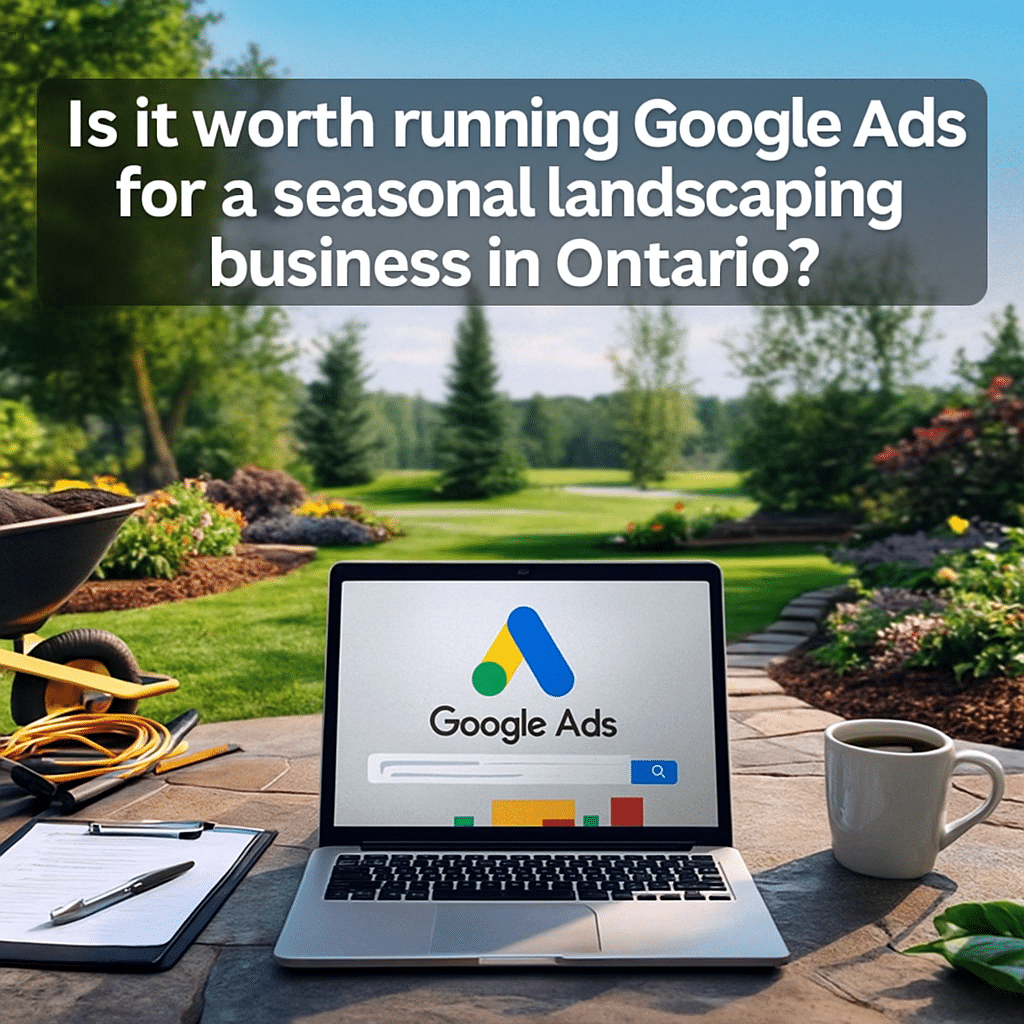Hyperlocal Marketing Tactics and Strategies for Targeting Specific Neighborhoods or Communities
Businesses are constantly looking for ways to stand out in their local markets. One of the most effective methods for fostering community engagement, building trust, and driving sales is through hyperlocal marketing. This approach focuses on targeting specific neighborhoods or communities with highly relevant and personalized strategies. Whether you’re a small business owner or a marketer for a larger organization, hyperlocal marketing offers an excellent way to connect with audiences where they live, work, and play.
This comprehensive guide dives into hyperlocal marketing tactics, providing you with actionable strategies to engage customers in meaningful ways and grow your brand presence in targeted areas.
Introduction to Hyperlocal Marketing
Definition and Importance
Hyperlocal marketing is the practice of tailoring marketing efforts to a small, specific geographic area, such as a neighborhood, town, or community. It involves creating highly relevant, localized campaigns that address the needs and interests of the target audience. This method is especially valuable for businesses like restaurants, retail stores, service providers, and real estate agencies that rely on foot traffic or local clientele.
Benefits of Targeting Neighborhoods or Communities
- Increased Customer Engagement: Personalizing messages for a specific community fosters stronger connections with potential customers.
- Enhanced Brand Trust: Hyperlocal campaigns show your commitment to the neighborhood, building trust with local residents.
- Higher Conversion Rates: By targeting people in close proximity to your business, you increase the likelihood of turning leads into customers.
- Cost Efficiency: Narrowing your focus reduces wasteful spending on broader campaigns, optimizing your ad budget.
Examples of Businesses Benefiting from Hyperlocal Marketing
- A family-owned café promoting exclusive offers to nearby residents.
- A boutique fitness studio hosting free community yoga classes.
- A local florist creating geo-targeted ads for Valentine’s Day or Mother’s Day in their area.
Understanding Your Target Community

Researching Demographics and Psychographics
Before launching any hyperlocal marketing efforts, it’s essential to understand the people in the community. Look into:
- Demographics: Age, gender, household size, income, and occupation.
- Psychographics: Lifestyle choices, hobbies, values, and purchasing habits.
Identifying Local Trends and Behaviors
Study what’s trending in the neighborhood by:
- Monitoring community social media groups.
- Checking local event calendars for popular activities.
- Observing foot traffic patterns near your business.
Mapping Key Community Interests
Create customer personas by mapping out what locals care about. For example:
- Families may value child-friendly spaces and events.
- Millennials might be drawn to eco-friendly initiatives.
- Retirees may appreciate loyalty discounts and convenience services.
Building a Foundation with Local SEO
Local search engine optimization (SEO) is the backbone of any successful hyperlocal marketing campaign. It ensures that your business appears in search results when people look for services in their area.
Claiming and Optimizing Your Google Business Profile
A well-optimized Google Business Profile (GBP) can significantly increase your online visibility. To do this:
- Include accurate business information (address, hours, contact details).
- Add high-quality photos of your storefront, products, or services.
- Post updates about promotions, events, or changes in operations.
Using Localized Keywords Effectively
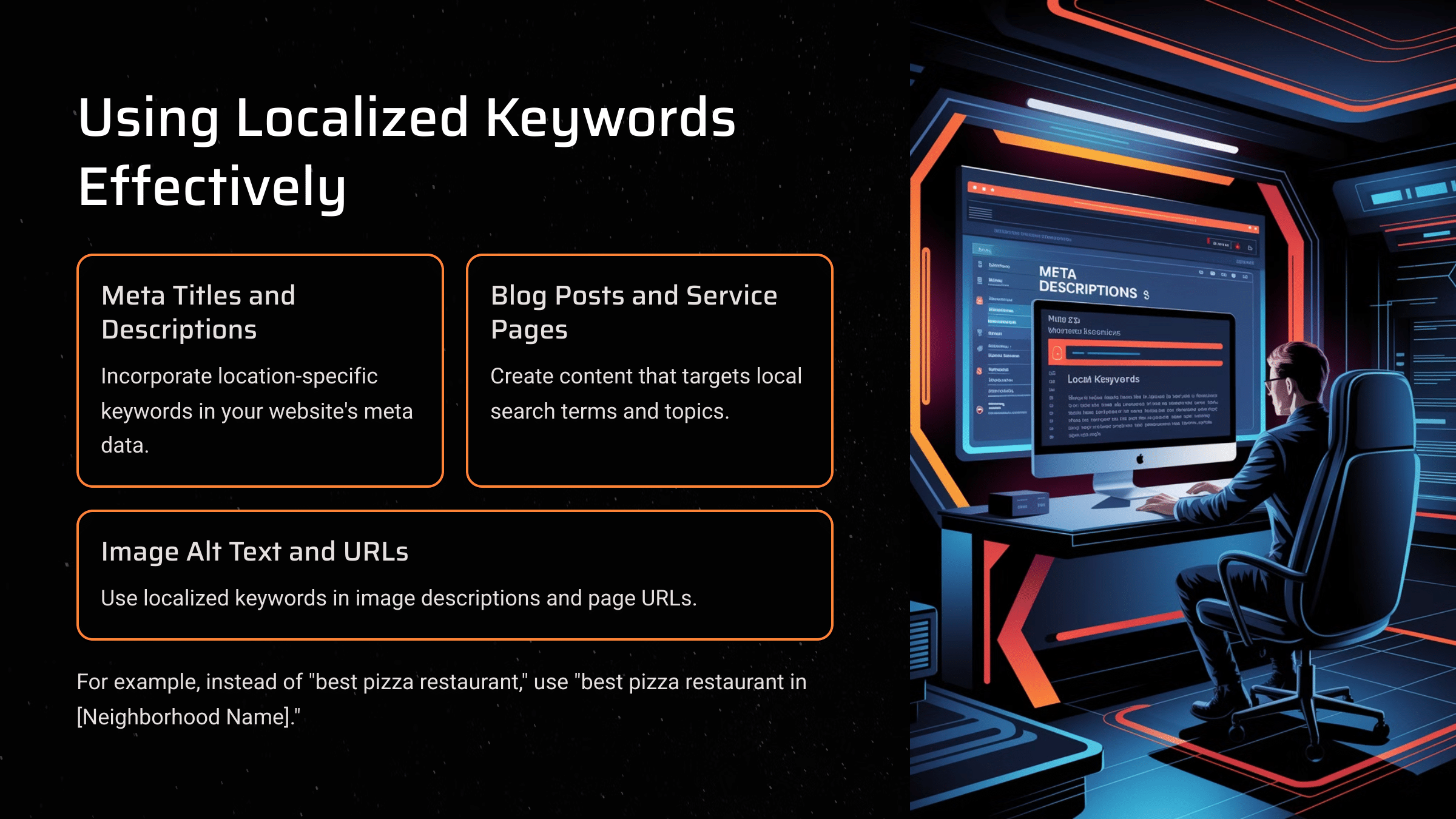
Incorporate location-specific keywords into your website’s:
- Meta titles and descriptions.
- Blog posts and service pages.
- Image alt text and URLs.
For example, instead of “best pizza restaurant,” use “best pizza restaurant in [Neighborhood Name].”
Building and Managing Online Customer Reviews
Encourage satisfied customers to leave positive reviews on platforms like Google, Yelp, and TripAdvisor. Respond to all reviews—both positive and negative—to show you value feedback and care about customer satisfaction.
Geo-Targeted Advertising Strategies
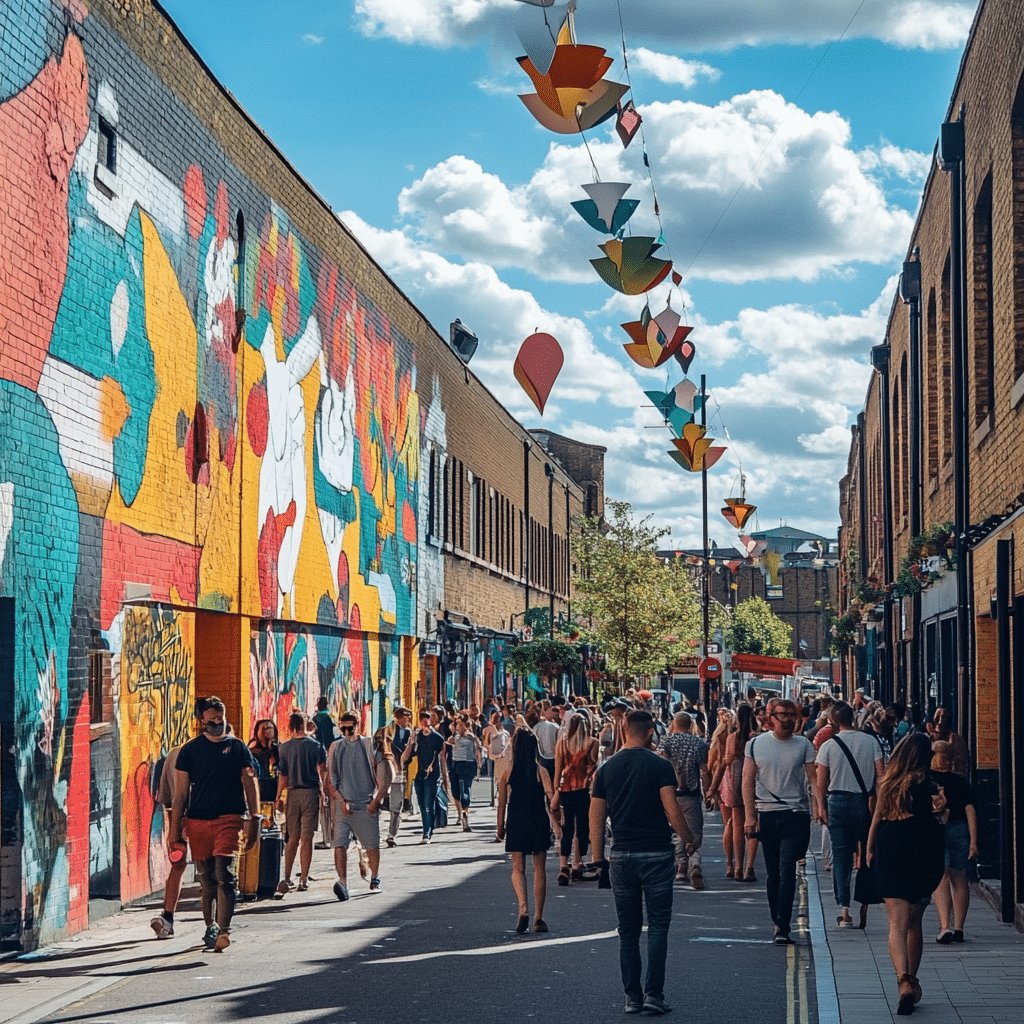
Online advertising platforms allow you to zero in on specific geographic areas, ensuring your ads reach the right audience.
Leveraging Google Ads for Local Targeting
Google Ads allows you to create campaigns focused on a specific radius around your business. Use location-based keywords and ad extensions, such as “Get Directions” or “Call Now,” to improve click-through rates.
Facebook and Instagram Geo-Ads Tactics
Social media platforms like Facebook and Instagram offer detailed geo-targeting options. Use these features to:
- Promote limited-time offers to people within a specific neighborhood.
- Launch location-specific brand awareness campaigns.
- Experiment with carousel ads showcasing your products or services.
Using Geo-Fencing for Real-Time Offers
Geo-fencing involves creating a virtual boundary around a location. When someone enters that area, they receive targeted ads or notifications. For example:
- A nearby gym could send a special discount to people walking past it.
- A retail store might notify customers about an in-store flash sale.
Partnering with Local Influencers
Local influencers, or micro-influencers, can act as ambassadors for your brand, promoting your business to their engaged followers.
Finding Influencers in Your Target Area
Search for influencers who are:
- Active in your target community.
- Posting content that aligns with your brand’s mission.
- Known for high engagement rates rather than just follower count.
Benefits of Micro-Influencers Over Celebrities
Micro-influencers typically have stronger personal connections with their audience. Their recommendations often feel more authentic, making them more effective for hyperlocal campaigns.
Structuring Collaborations for Maximum Impact
Offer partnerships that benefit both parties, such as:
- Free products or services in exchange for a review.
- Payment for sponsored posts or event appearances.
- Co-hosting community events or giveaways.
Organizing Community Events for Engagement
Planning In-Person Events
Host events that reflect your business’s values and engage locals. Ideas include:
- Free fitness classes at a local park for a gym.
- Art workshops for kids at a craft store.
- Customer appreciation nights with exclusive discounts.
Sponsoring Local Activities and Charities
Show your support for the community by:
- Donating to local causes or schools.
- Sponsoring youth sports teams or neighborhood festivals.
Virtual Community Events and Webinars
When in-person events aren’t possible, host webinars or virtual meetups. These can include:
- Educational workshops related to your products or services.
- Live Q&A sessions on Facebook or Instagram.
- Online contests with prizes for local residents.
Crafting Hyperlocal Content
Tailored content allows you to build connections with your audience. Some effective strategies include:
Blogging About Community Topics
Create blog posts highlighting:
- Popular local events.
- Guides to the best attractions in the area.
- Tips for solving local challenges your business addresses.
Local Customer Success Stories and Testimonials
Feature testimonials from customers in the neighborhood to demonstrate the positive impact your business has on the community.
Video Content and Virtual Tours for Local Audiences
Short, engaging videos showcasing your business and the local area can capture attention and drive traffic to your site.
Using Traditional Local Media Channels
While digital marketing dominates today’s landscape, traditional local media channels still play a vital role in connecting with specific neighborhoods.
Advertising in Community Newspapers and Magazines
Local newspapers and magazines often have a loyal readership. To make the most of these platforms:
- Place ads in special sections focused on local businesses or events.
- Share press releases to highlight newsworthy updates, like store openings or anniversary celebrations.
Partnering with Local Radio and Podcasts
Local radio stations and community-focused podcasts are great for reaching a highly engaged audience. Options include:
- Sponsoring a segment or program related to your business.
- Creating a catchy audio ad with a strong call-to-action.
- Being featured as a guest on a podcast to discuss your expertise or services.
Utilizing Neighborhood Billboards and Flyers
- Post flyers in high-traffic locations like libraries, coffee shops, and gyms.
- Rent billboard space in key areas of the neighborhood for maximum visibility.
- Partner with schools, churches, or other community hubs to display promotional materials.
Mobile Optimization for Local Consumers
With mobile devices playing such an essential role in everyday life, optimizing your mobile presence is critical for hyperlocal marketing success.
Creating a Mobile-Friendly Website
Ensure your website is:
- Responsive and accessible on all screen sizes.
- Fast-loading, as slow pages can deter users.
- Optimized with click-to-call buttons and integrated maps for easier navigation.
Location-Based Mobile Advertising
Use mobile ads to target users near your business. Platforms like Google Ads and Facebook allow you to send offers and promotions to users based on their real-time location.
Engaging with Users via Apps and GPS Tools
Leverage location-based tools to interact with your audience:
- Encourage users to “check-in” on social platforms when they visit your business.
- Offer GPS-triggered discounts when customers are near your store.
- Partner with popular apps (e.g., Yelp, TripAdvisor) to increase visibility.
Leveraging Local Social Media Groups
Neighborhood-focused social media platforms like Facebook Groups, Nextdoor, and Reddit offer an excellent way to engage directly with your community.
Active Participation in Neighborhood Facebook Groups
Join local Facebook Groups to:
- Share valuable information, such as local events or helpful tips.
- Answer questions related to your industry to position your business as a trusted resource.
- Promote your products or services subtly, ensuring you don’t come across as overly sales-focused.
Engaging on Nextdoor and Similar Platforms
Nextdoor is a hyperlocal platform designed for neighborhood-based interactions. Use it to:
- Introduce your business to the community through posts and replies.
- Offer exclusive deals for nearby residents.
- Participate in conversations to build relationships with locals.
Promoting Events, Deals, and Customer Service on Social Media
Regularly update your social media accounts with:
- Announcements about upcoming sales or events.
- Behind-the-scenes content showcasing your involvement in the community.
- Timely responses to questions, feedback, or complaints to show you care about your audience.
Collaboration with Local Businesses
Collaborating with other businesses in your area can help you expand your reach and build strong community connections.
Building Cross-Promotional Campaigns
Partner with complementary businesses to create joint campaigns, such as:
- A local coffee shop teaming up with a bookstore to offer discounts.
- A gym partnering with a nutrition store for a bundled promotion.
Partnering for Joint Events and Loyalty Programs
Organize events that cater to both businesses’ audiences. For example:
- Host a health fair with local fitness, wellness, and nutrition brands.
- Create a neighborhood loyalty program where customers earn rewards by shopping at multiple local stores.
Sharing Resources and Marketing Efforts
Collaborate on initiatives like:
- Co-hosting charity drives or food donation events.
- Sharing advertising costs for joint promotions.
- Swapping social media shoutouts or featuring each other in newsletters.
Utilizing Customer Data and Feedback
Understanding customer preferences is key to refining your hyperlocal strategies.
Using Surveys to Gather Community Insights
Distribute surveys through email, social media, or in-store to learn:
- What products or services locals want.
- How they prefer to be communicated with (email, text, etc.).
- Suggestions for improving their experience.
Tracking Consumer Behavior with CRM Tools
Use Customer Relationship Management (CRM) software to:
- Track customer interactions.
- Identify repeat customers and reward their loyalty.
- Segment your audience by location for targeted outreach.
Adapting Strategies Based on Feedback
Stay flexible. Listen to feedback and make improvements to your hyperlocal campaigns. For example:
- If customers express interest in specific promotions, create similar offers.
- Address recurring complaints to demonstrate your responsiveness and commitment.
Tracking the ROI of Hyperlocal Campaigns
Monitoring the success of your hyperlocal marketing efforts ensures that you’re meeting your goals.
Using Analytics Tools for Local Traffic and Conversions
Tools like Google Analytics can help you:
- Measure the amount of local traffic visiting your website.
- Track conversions from location-based landing pages.
Measuring Engagement Through Social Media Insights
Social media platforms provide analytics that show:
- Where your followers are located.
- Engagement rates from specific geographic regions.
Evaluating ROI from Events and Partnerships
Determine the value of your efforts by measuring:
- Attendance at events or workshops.
- Increased sales from partnerships or promotions.
- Customer retention and satisfaction rates.
Common Challenges and Solutions in Hyperlocal Marketing
Hyperlocal marketing comes with its own set of challenges, but proactive strategies can help you overcome them.
Overcoming Budget Constraints
- Start small with free or low-cost platforms like Google My Business and social media.
- Focus on highly targeted campaigns to reduce wasteful spending.
Balancing Physical and Digital Strategies
- Use digital tools to drive foot traffic to physical locations.
- Promote in-person events on social media to ensure a high turnout.
Addressing Negative Feedback in Small Communities
- Respond to criticism calmly and professionally.
- Take actionable steps to resolve issues and show you value customer input.
Future Trends in Hyperlocal Marketing
The marketing landscape is always evolving. Staying ahead of emerging trends can help you maintain a competitive edge.
The Role of AI and Personalization
Artificial intelligence enables:
- Predictive targeting based on customer behavior.
- Personalized ads tailored to specific neighborhoods.
Rise of Voice Search and “Near Me” Queries
With the popularity of voice assistants, businesses need to:
- Optimize for keywords like “near me” and “open now.”
- Ensure their Google Business Profile includes up-to-date information.
Increased Importance of Sustainability and Community Support
Consumers increasingly favor businesses that:
- Practice sustainability (e.g., eco-friendly packaging, reducing waste).
- Support local initiatives and contribute to community development.
Hyperlocal marketing is more than just a tactic—it’s a philosophy of connecting with your audience on a deeply personal level. By leveraging local SEO, geo-targeted ads, community partnerships, and traditional media, you can make your business an integral part of the neighborhood.
Remember, the key to success lies in understanding your community, engaging authentically, and constantly adapting to feedback and trends. With these strategies, you can create meaningful connections, boost brand loyalty, and achieve sustainable growth while contributing to the neighborhoods and communities you serve.
Download this blog post as a PDF [CLICK HERE]


